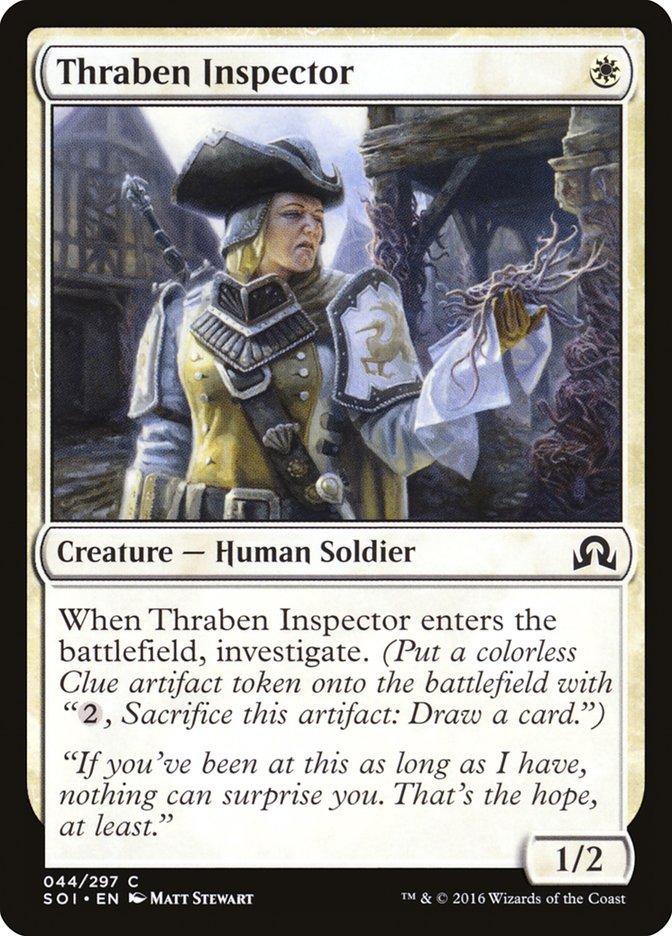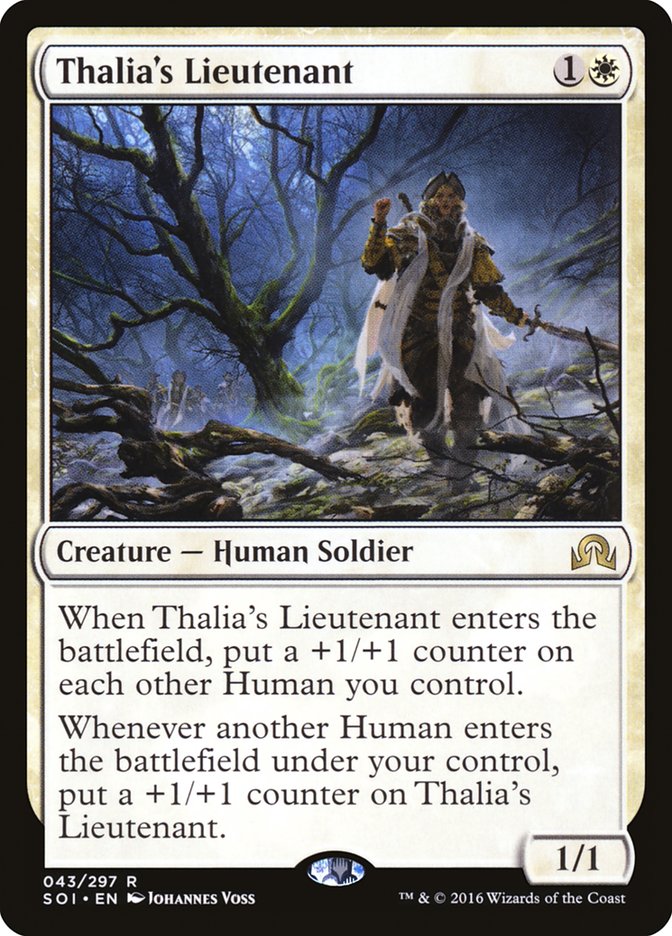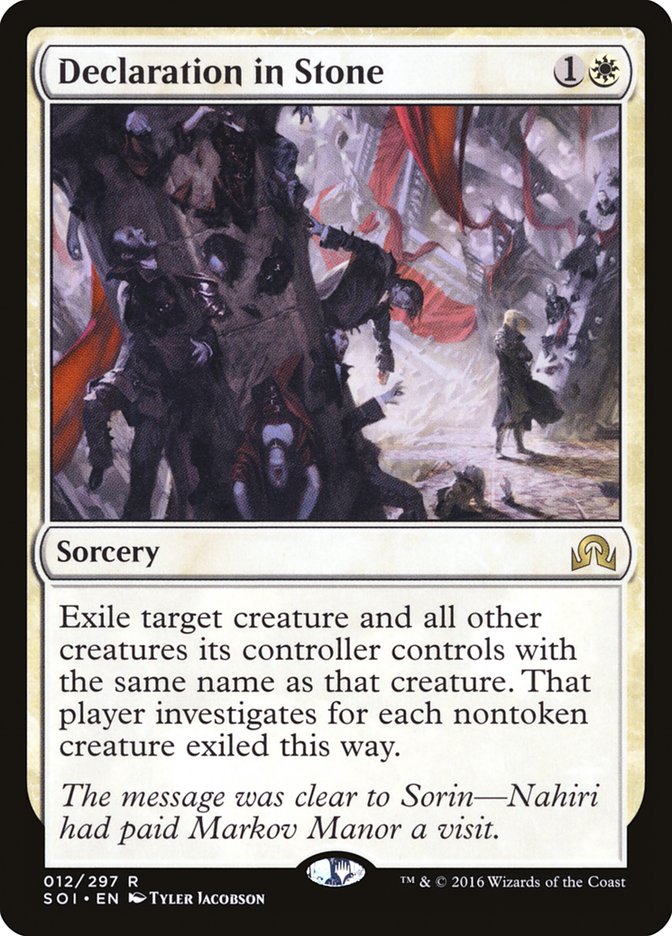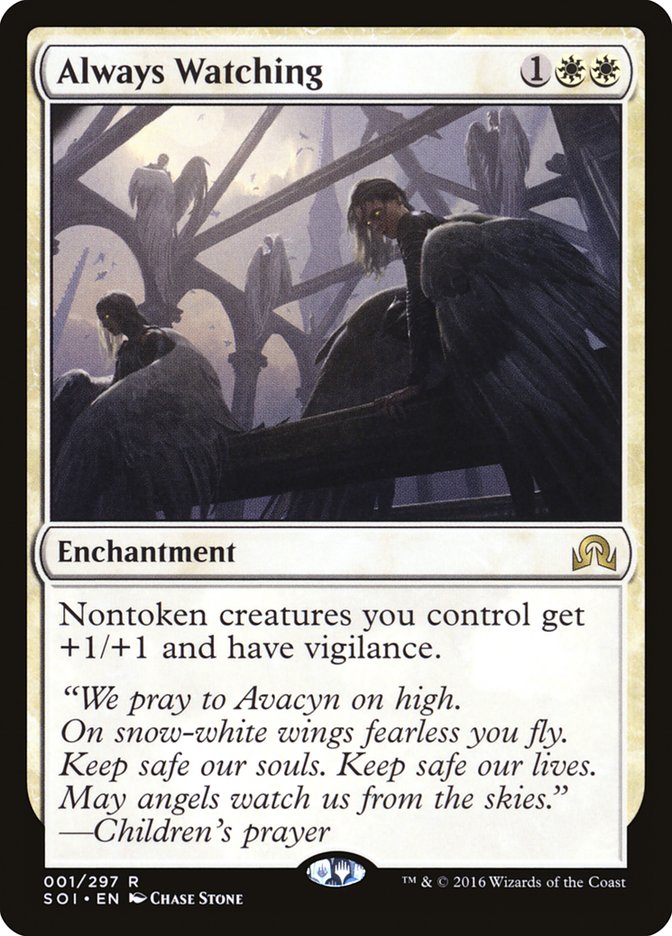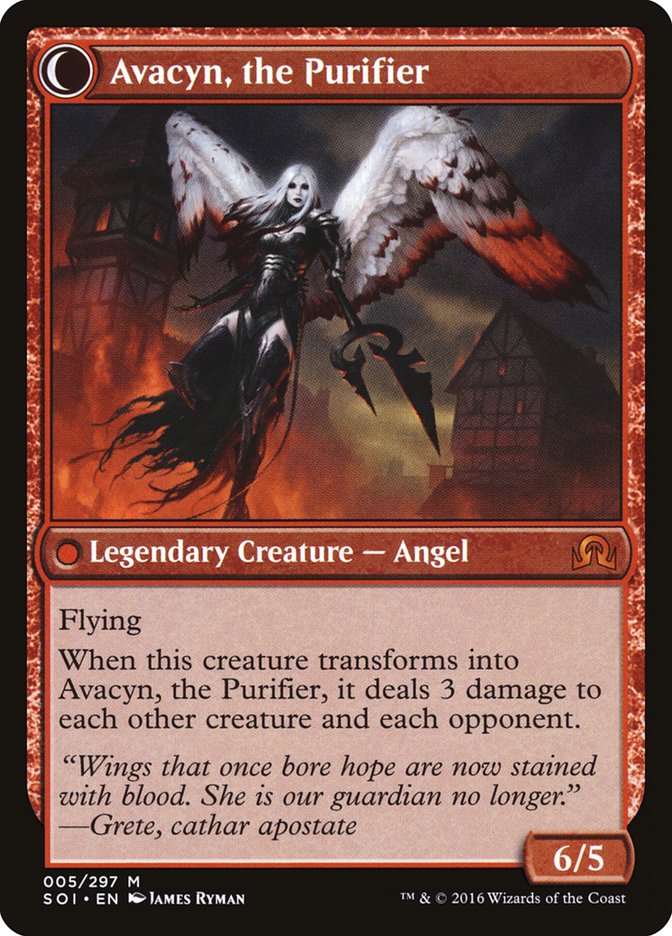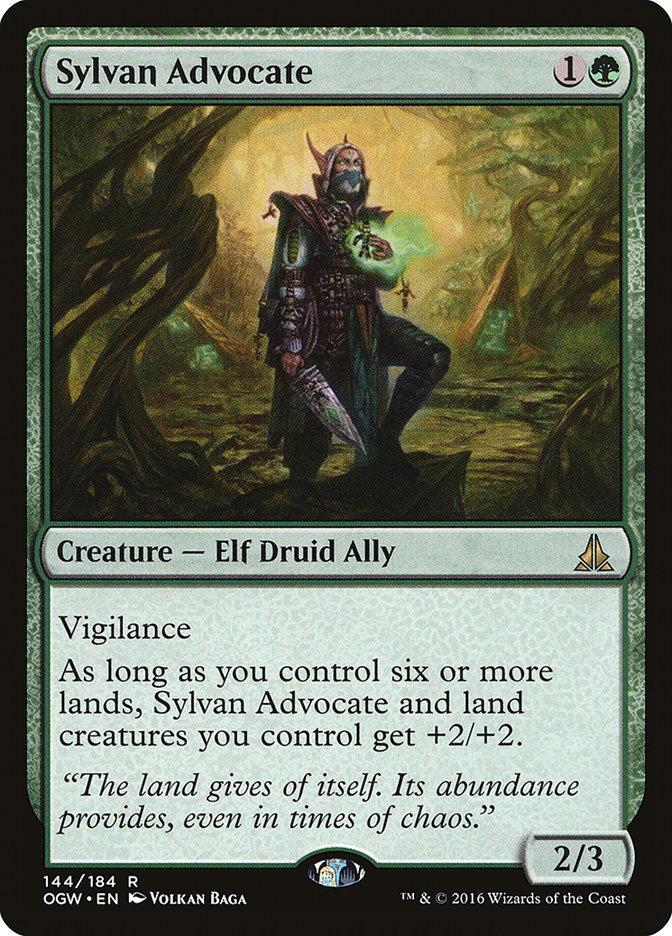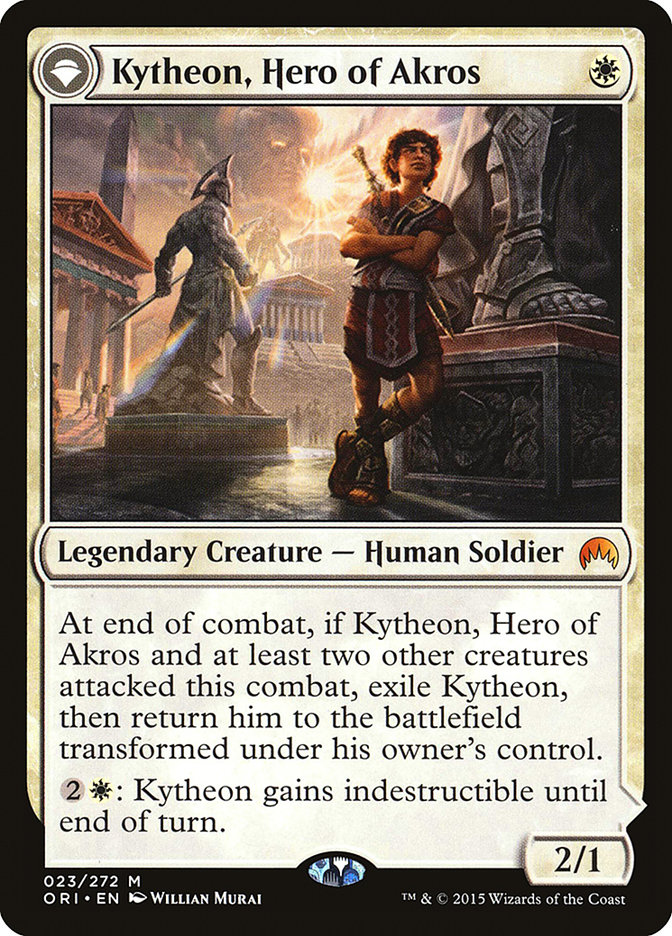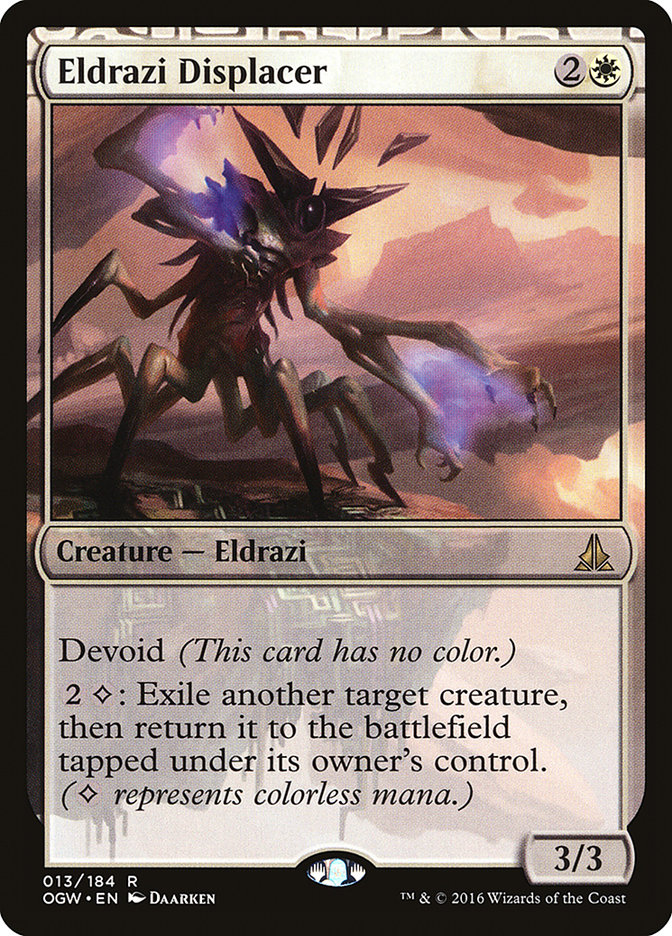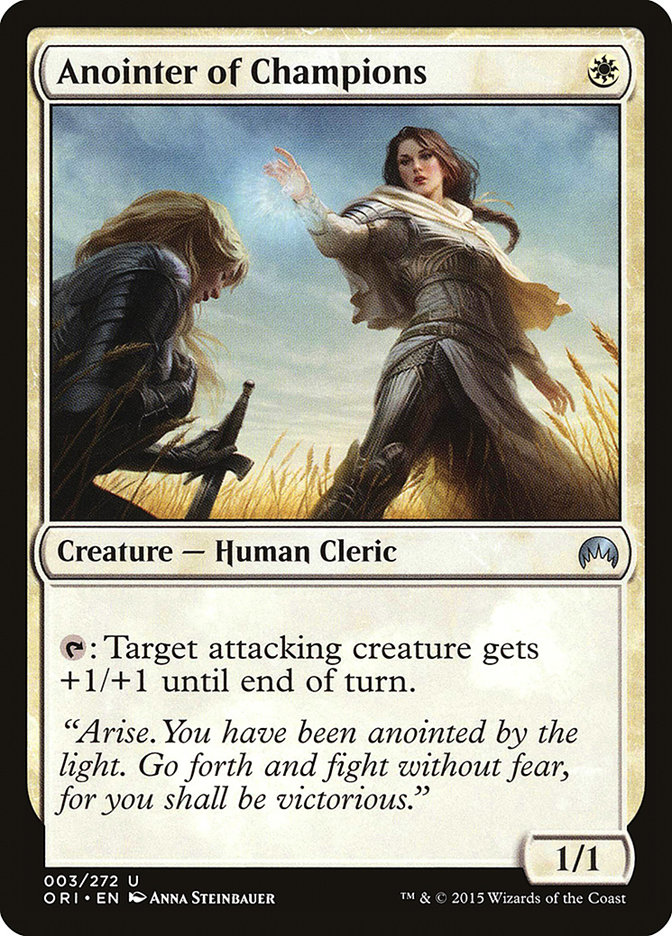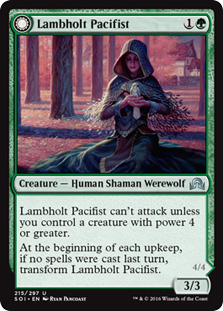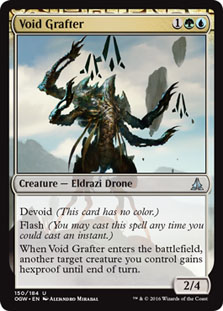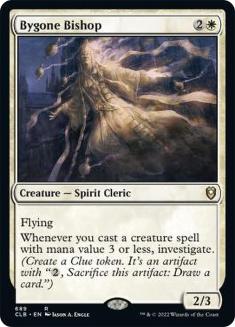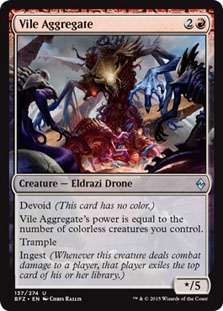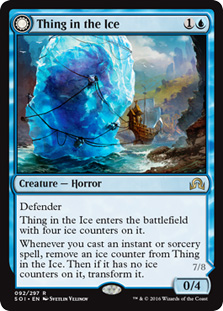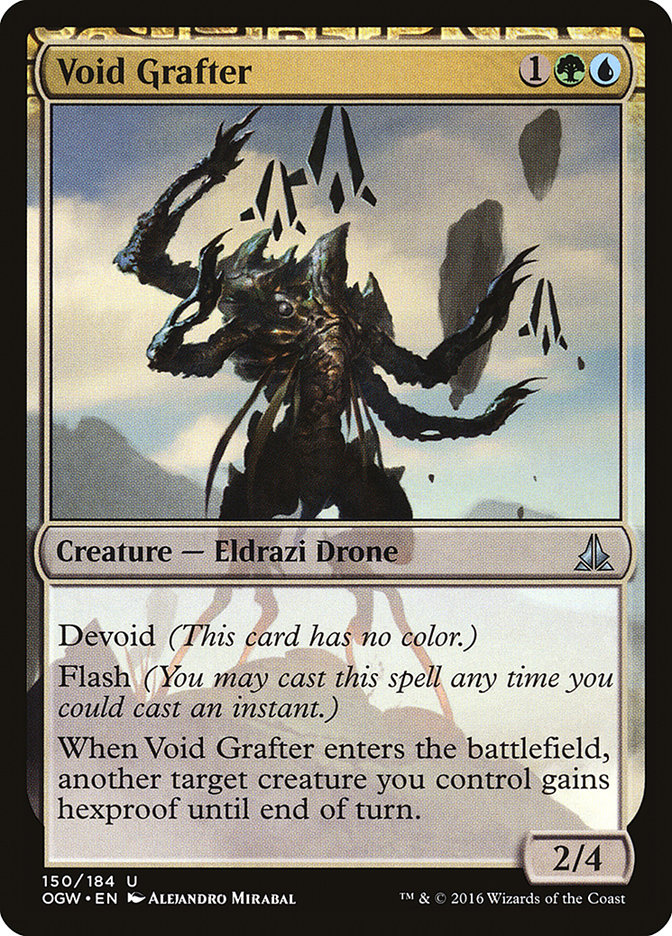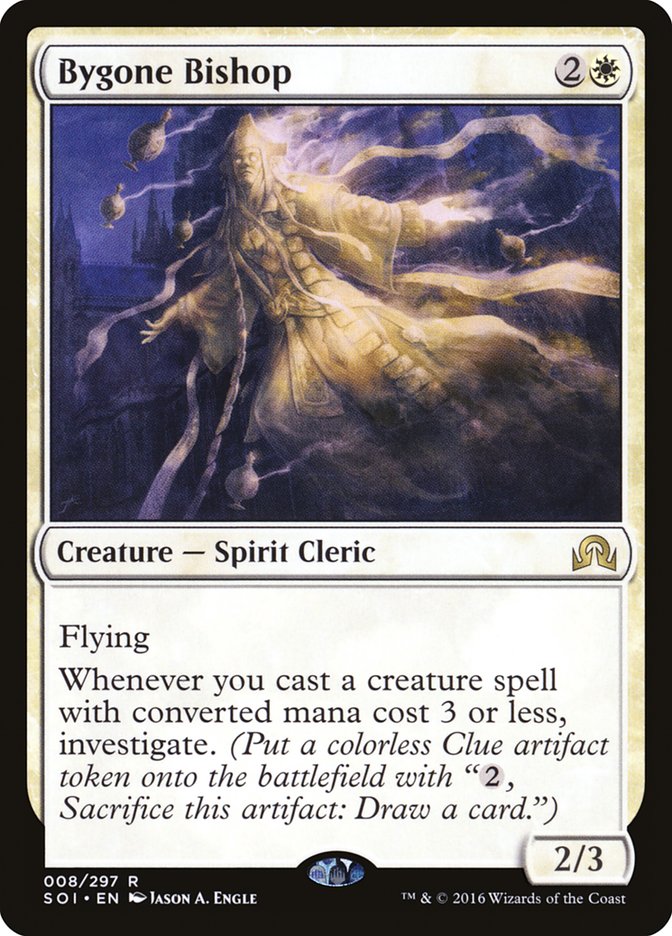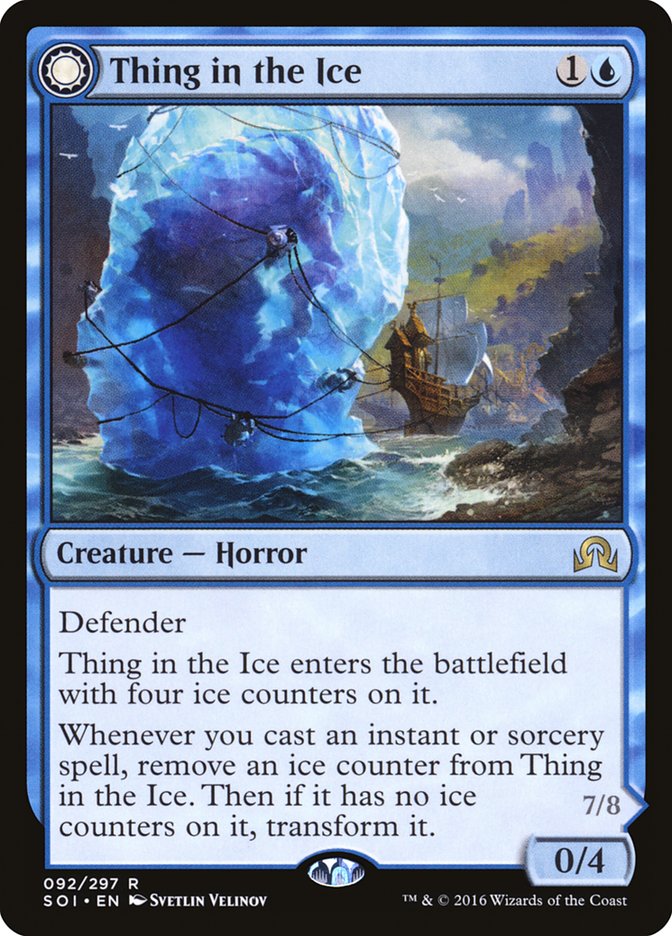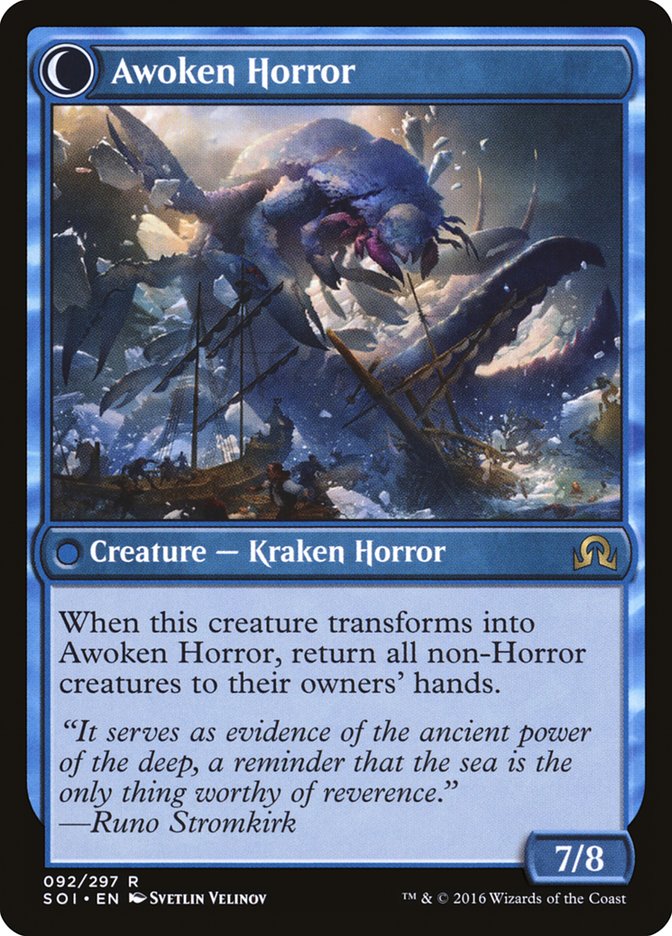We are near the eve of #PTSOI. It feels like I’ve spent nearly an entire month preparing in various ways for Standard through the combined efforts of the Roanoke crew, #SCGBALT, the #SCGINVI, and my recent joining of Team East West Bowl. I suppose that’s just the truth.
Throughout the two events, I’ve done a fair share of both winning and losing, but no matter what I’ve been carefully observing the format, it would appear that the world has dictated that Bant Company is Enemy Number One.
It is effectively a “flash deck” of yesteryear with the ability to catch up on the battlefield effortlessly from losing positions while simultaneously sporting an extremely robust end-game full of various card advantage tools.
Further, the mirror is a bit of a nightmare, sporting long, drawn-out contests with very few effective breakers. I think that this reality more than any other is the reason I am unlikely to play Bant Company at the Pro Tour. The risk of draws is just too great.
On the other end of the format are various flavors of Human decks, effectively white aggro strategies. They are both fast and customizable and can be built in different ways depending on how players want to approach various matches on the whole. #SCGBALT and the #SCGINVI have been split between victories of these two archetypes.
The consistent fact is that white is utterly dominant in Shadows over Innistrad Standard. Not only does white sport the most powerful linear aggressive creatures in Humans and their leader, Thalia’s Lieutenant, but it also has the best removal and the midrange-buster Reflector Mage.
We’ve seen a fair share of formats where aggressive decks had access to a plethora of efficiently costed cards up the curve but failed to be major contenders. I don’t want to discount how powerful cards like Thalia’s Lieutenant and Always Watching are in a vacuum, but the real reason the deck is dominant is Declaration in Stone.
Declaration in Stone allows Humans to play the bare minimum amount of removal spells it desires, effectively allowing the deck to trade up effortlessly throughout the entirety of the game before taking a big turn removing an opponent’s blockers and snowballing their position.
When combined with Reflector Mage, this duo represents the death of midrange creatures as we currently know them in Standard. It is difficult to justify playing four- and five-drop creatures without an immense and immediate impact on the battlefield because they can be exiled or bounced by a much cheaper card.
I was sideboarding out my Thought-Knot Seers during the tail-end of #SCGBALT. Even if I sniped my opponent’s only removal spell, I was getting annihilated on tempo a few turns later and my opponent would have their card back and advantage on the battlefield.
The only expensive card that seems to be passing this test is another white card – Archangel Avacyn. Avacyn’s monstrous rate is able to actually fight through interaction. Flash effectively dodges Reflector Mage and she has a great immediate impact when she is cast.
I still strongly believe that Avacyn has a ton of untapped potential and players are generally underrating any way to manipulate her transformation ability. The reason it is so powerful is that three damage to all creatures is an effective sweeper once playing larger and more expensive creatures has been pushed out by raw aggression and efficiency. This leads to short-term advantages on the battlefield, which is all that is needed when you’re smashing your opponent for six damage a turn.
The point? This Standard format is all about efficient sizing. Humans has a variety of 2/1s but also two-power first strikers that quickly can get out of hand when pumped by various Anthem effects.
The reason Sylvan Advocate is one of Bant Company’s absolute best tools is not necessarily because it is a generically good card that is effective early and late in the game. Although this is clearly all true and upside for its inclusion, the reality of its power is that it is a two-drop that has three toughness.
I’ve harped on the decline of Gideon, Ally of Zendikar. A large part in that shift was the printing of Sylvan Advocate and Reflector Mage. These powerful and efficient 2/3s largely invalidated the Knight Ally token that would otherwise protect Gideon.
This small sampling of a Standard interaction is highly indicative of the format as a whole now. Brick-walling Kytheon, Hero of Akros; Consul’s Lieutenant; and Knight of the White Orchid is of utmost importance in the choice of a cheap creature to play on-curve.
The reason that it is so easy for Bant Company to claw back into games is not only because of Reflector Mage and Bounding Krasis keeping attackers at bay but also because they can contain the only effective attackers before the deck is able to set up.
Bant Company is excellent at flooding the battlefield with these various high-toughness creatures. Once an opponent is able to “start attacking” with their four- or five-drop, it simply eats a double- or triple-block from Company’s three-drops and trades for a single one of them.
Again, this is precisely the reason that the mirror is such a grind-fest. Sylvan Advocate feels to be the best card because it is king on sizing and can actually profitability attack and block simultaneously. Attacking in general is much worse than playing defensively and working towards snowballing raw cards with Duskwatch Recruiter or trying to break the game wide open with Eldrazi Displacer, as some folks did at the #SCGINVI.
While there are games where one player is able to keep chip-shotting their opponent with various Bounding Krasis and Reflector Mage triggers, the reality is that the games settle down and will typically be won by the player with the most patience or preparation.
In terms of Humans decks, this is the reason that various first strikers and Thraben Inspector are pivotal. Pumped-up first strikers are excellent at getting into the red zone even when there are opposing X/3s and Thraben Inspector can critically grow upwards of a 3/4, which is just absolutely massive in the context of this Standard format. Moving in on the Inspector doesn’t even feel so bad against Reflector Mage, since it can generate another Clue on the way back down in longer contests.
The format being so heavily dictated by creature combat and properly lining up attacks based on sizing is just another reason that Tom “The Boss” Ross is a genius.
While he ran afoul of his nemesis Noah Walker in the actual Top 8 of #SCGBALT, Tom Ross’s path there was fairly easy as he dismantled opponents left and right with the hyper-aggressive “Boss Humans” strategy.
It has been more than proven that getting as aggressive as possible and flooding the battlefield for the purpose of leveraging Thalia’s Lieutenant is effective, but Tom has the full twelve anthem effects.
Tom’s Deck
If you’re still scouring the deck list for that card – it’s Anointer of Champions.
This seemingly innocuous one-drop from Magic Origins is an incredible addition to the deck within the context of the format. Suddenly any normal brick-wall becomes a trade-down or invalidated against Tom’s creature. Further, when Always Watching is involved and suddenly the Anointer can get aggressive, it’s close to impossible for anyone to have an effective block against Tom’s creatures.
When these means to circumvent the traditionally effective blockers are covered by just playing one-drops and Tom still has the means to handle the “bigger” stuff with Declaration in Stone or even Gryff’s Boon, we have a recipe for a truly frightening aggressive deck.
Sizing Up
If you’re looking for more tools for fighting through the dominate size of creatures in Standard, here are some options that are underplayed:
The list isn’t necessarily extensive, but I think all of these options bring real strengths to the table.
Lambholt Pacifist is just huge and pairs incredibly well with Dromoka’s Command and the desire for Bant Company or other green decks to play a “flash” game in conjunction with their namesake or various Werewolves and U/G cards.
Void Grafter has the full four toughness, making it even more robust than most creatures, allowing it to block through a single Anthem the vast majority of time while also countering a Reflector Mage trigger or a removal spell. Two players went 8-0 with Void Grafter in their Bant Company decks at the #SCGINVI and the card looks great.
Bygone Bishop has excellent sizing, flies to get aggressive, and, once upgraded to a 3/4 with Always Watching, becomes a serious threat in addition to fueling the more grindy Humans or G/W game. It served Gerry Thompson admirably this past weekend as a tool in his “transformation” plan into a more controlling Humans deck.
Vile Aggregate and by extension Mono-Red Eldrazi haven’t been getting much love so far in this Standard format, but an X/5 creature is absolutely huge and any ground stalls can quickly lead to Aggregate getting out of hand if the red player simply gets to cast their cards over a period of a few turns.
Thing in the Ice has only received press as a tool in U/R Goggles, but I don’t think that’s the absolute ceiling for the card. It is undoubtedly difficult to support, but it is also an incredibly effective blocker at four toughness for two mana.
These cards aren’t the end-all, be-all in terms of answers to the format. Rather, they are some underrepresented options that can easily be slotted into existing decks and used more properly as their value has increased due to the context of the format.
More than anything, it’s just important to be aware of what’s going on. It might be easy to assume that aggressive strategies are doing well, so it’s easy to simply include sweepers, but that doesn’t work by itself against Bant Company or well-prepared Humans opponents.
Players are also likely to be incentivized to play more expensive creatures that are larger, but those efforts are effectively stymied by the raw efficiency of white removal, Reflector Mage, and Bounding Krasis.
As a result, it really does look like we’re just going to be getting into creature combat for the next three months, and it is important to realize what will and won’t work.
Looking for options to properly leverage your deck’s strategy while simultaneously getting on the battlefield effectively will be the key to the format. How can you build your deck to not have an ineffectual battlefield position when faced with the adversity of Dromoka’s Command or Always Watching? How can you force your opponent to make effective trades with you as you work towards what you’re trying to accomplish?
On the flip side, how can you come out ahead in the mirror matches of Bant Company or Humans when you know the effective size of the creatures that will be entering the red zone?
Perhaps more than ever, these often-overlooked aspects of Constructed Magic are going to play a huge role in determining who is able to survive the raw aggression present in Shadows Standard at the Pro Tour.



